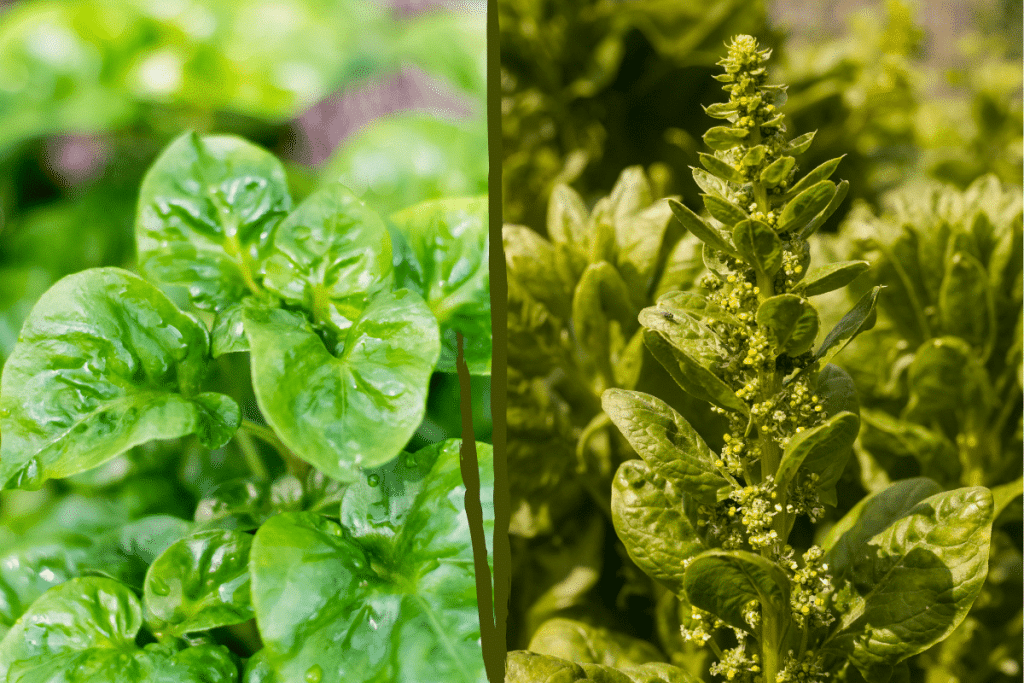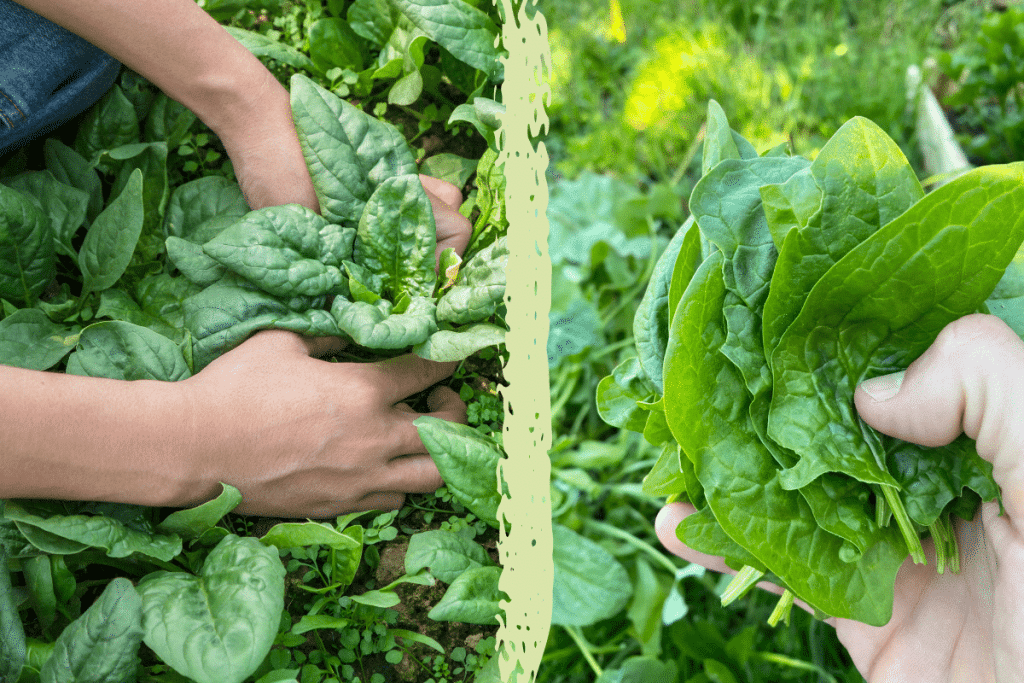True spinach (Spinacia oleracea) is a popular leafy vegetable. Since the Middle Ages, people appreciate the vegetable for its nutrients and vitamins. But when spinach blooms, is the shooting vegetable still edible?
- the shooting of spinach denotes the beginning of the flowering period, as the plants grow quickly
- flowering provides a bitter taste and high nitrate content
- with the right site conditions you can prevent shooting
- possible reactions are a quick harvest, cutting back or letting it bloom
- sowing is possible twice a year, so you can close harvest gaps
Contents
- 1 The flowers
- 2 Spinach shoots
- 3 Possible causes are the following:
- 4 Growth of leaves
- 5 Spinach blooms – what to do?
- 6 Spinach shoots – quick harvest
- 7 Quickly cut back
- 8 Remove plants
- 9 Repeat sowing
- 10 What pests threaten the harvest?
- 11 What care does the leafy vegetable require?
- 12 How to harvest the spinach?
- 13 Author
The flowers
The flowering of Spinacia oleracea is for the maintenance of the plants. These form seeds in order to reproduce. In the middle of the spinach plant grows a stem on which there are various flowers. Normally, the flower stalk reaches a height of 60-70 cm.
Spinach shoots
When the spinach shoots, it has a negative connotation. Shooting of spinach describes the beginning of flower formation. Since this occurs at a rapid pace, it is called shooting spinach. The flower stalks grow within a very short time and are significantly taller.
Possible causes are the following:
- dry soil
- a lot of sun
- hot temperatures
Tip: When spinach blooms and shoots, it is often too late. You can prevent this with the right site conditions. Spinach prefers sunny to semi-shady locations. This depends on the specific variety. Since the plant has deep roots, the soil should be permeable.

Growth of leaves
When spinach blooms, do not grow magnificent leaves. On the flower stalk there are only small leaves. However, there are often still large leaves in the lower part of the plant. These grow before the formation of flowers. It is widely believed that the leaves are not edible. But why are old leaves considered inedible after flowering?
There are two reasons:
- Nitrate
- Taste
In connection with nitrate, experts warn of long-term damage. During flowering, spinach increasingly stores nitrate, making the leaves inedible. Normally, spinach greens taste mild and delicate. However, during flowering, the vegetable becomes more bitter.
Note: Oxalic acid provides a bitter taste. Garden owners should harvest spinach quickly and completely when it blooms so it is still edible.
Spinach blooms – what to do?
At best, you can manage to prevent spinach from shooting and flowering. Alternatively, the following measures can be considered when the spinach blooms:
- quick harvest
- quick cutting back
- allow to bloom
- remove plants – reseed
Spinach shoots – quick harvest
When spinach shoots, a quick harvest is recommended. At best, harvest all the leaves and store them in the refrigerator. Consumption should be done within the next few days.

Note: As an alternative to direct consumption, you can also wash the spinach leaves thoroughly and then freeze them.
Quickly cut back
As soon as flowering begins, many gardeners try to quickly cut back the vegetable plant. However, this approach is rarely crowned with success. In the best case, the plant sprouts anew, so you can harvest fresh spinach leaves again. Often, spinach will not thrive after being cut back, so you will need to remove the plants long-term.
Remove plants
If you don’t need seeds, you can remove the spinach plants from the garden completely. These are useless after the flowering period.
Note: Vegetable plants remove nutrients from the soil. You can make better use of the space in the garden.
Repeat sowing
The typical time for spinach to bolt and bloom is summer. Fortunately, you can plant the leafy vegetable several times a year, so you can harvest spinach leaves after just a few weeks. The second sowing of spinach seeds succeeds from August to September.
Note: With a frost-proof cover in the winter, the next spinach harvest is ready in the spring.
What pests threaten the harvest?
Spinach is a leafy vegetable that is relatively hardy. Only rarely do pests attack the plant. However, amateur gardeners should watch out for signs of mildew and slug infestation.
What care does the leafy vegetable require?
Spinach plants prefer moist soil. Waterlogging inhibits growth. However, you should still water the plants generously during dry spells to prevent flowering. A permeable and loose soil structure is optimal.
How to harvest the spinach?
After sowing, it takes a maximum of eight weeks until the vegetable is ripe for harvesting. With a regular harvest you stimulate the growth of the plants. To do this, cut the leaves just above the ground. If the spinach hearts remain in the ground, the harvest succeeds up to four times a year. If necessary, you can also harvest individual leaves.

